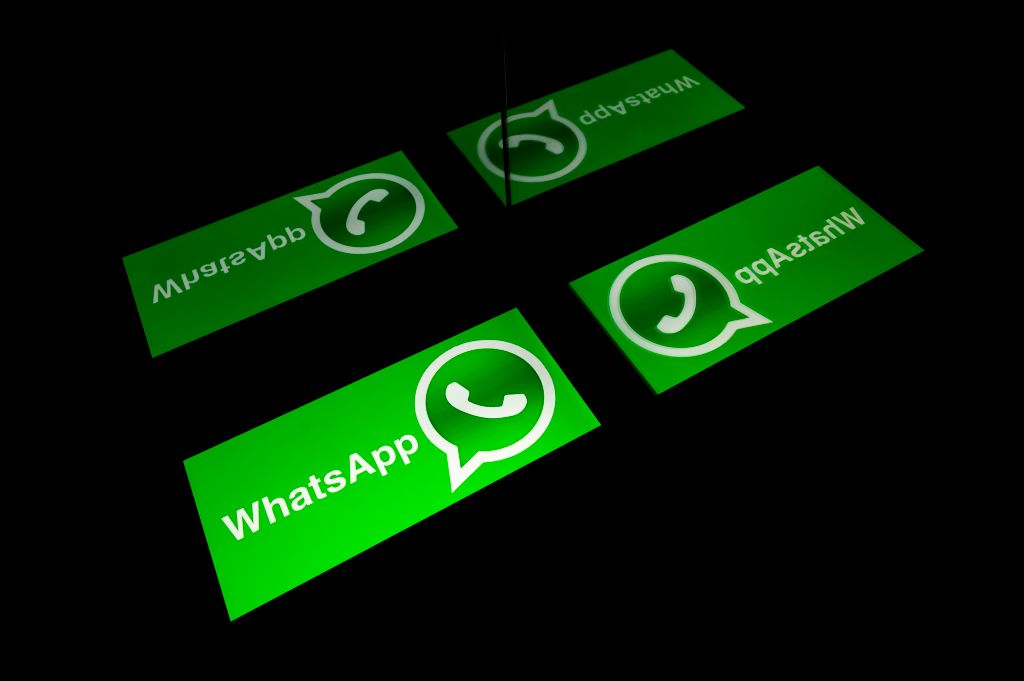In some cases, reacting to communications is a better alternative than replying.
For a long time, apps like Instagram, Signal, and Google's Messages have had this capability.
Nonetheless, when using WhatsApp, it is known by its users that message reactions are not yet available on the platform, but users are aware that they are on the way.
Images have now leaked demonstrating how WhatsApp intends to add message reactions in its app.
WhatsApp has been working on iMessage-like reactions for its app for months. The corporation appears to be on the verge of releasing this feature.
WhatsApp Reactions
According to 9to5Mac, WABetaInfo shared screenshots of what WhatsApp reactions will look like for iOS and Android users on its Twitter account.
As previously stated, users will only be allowed to respond to a single message once, and their responses will be restricted to six emojis.
"Like," "Love," "Laugh," "Surprised," "Sad," and "Thanks" will be available as icons.
WhatsApp is readying message reactions (secured by end-to-end encryption) in a new upcoming update of WhatsApp beta for Android and iOS. 👍❤️😂😮😢🙏 pic.twitter.com/o9CMW6pnsN
— WABetaInfo (@WABetaInfo) February 2, 2022
As shown in the screenshot, the feature will function similarly to the one found in iMessage.
Users only need to long-press a message to respond with one of the six accessible emojis.
The reaction will then be displayed at the bottom of the message.
It will be possible to view who responds to each message in a group chat.
A few weeks back, WhatsApp beta version 22.2.72 included new settings for managing notifications for reactions, despite the fact that it was unable to react to a message at the time.
Also, since publishers can currently preview replies on the iOS and Android applications, this capability is likely to become available to beta testers in the coming weeks.
WhatsApp Reaction Looks Like
Android Police reported that WABetaInfo has provided some screenshots on Twitter, providing us with our first glimpse at what message reactions might look like in WhatsApp in the future.
The first of the two photographs depicts how this functionality might be implemented on an iOS smartphone, whereas the second is a screenshot taken from an Android handset.
Following the format shown in these photographs, emojis will display in a row above the message to which you are reacting, and after you press one of them, your reaction will appear at the bottom of the screen.
As of right now, it appears that there are only six possible emoji replies, and it's unknown whether or not additional emojis will be introduced in the near future
Read Also: Google Turning On Search Tracking History: What Does It Mean for Workspace Users?
Easy Messaging Feature
The function allows messaging app users to respond to a message in a quick and simple manner (for example, with a thumbs-up or thumbs-down in iMessage) without having to type out a lengthy text-based reply.
Early indications that message reactions would be coming to WhatsApp suggested that the functionality and appearance of the feature hadn't been fully fleshed out, but the latest images give users a better idea of how they're likely to work.
Interestingly, Facebook Messenger has a + button in its reaction options that allows users to access a full emoji picker; however, this does not exist in the screenshots of WhatsApp and it is not known whether or not one will be introduced in the future.
According to Mac Rumors, WhatsApp intends to introduce message reactions to WhatsApp on both iOS and Android platforms, maybe in a future beta before being made available to the general public on a wider scale.
In addition, the app specialist points out that replies will be end-to-end encrypted, just as the communications that are shared over the network.
Related Article: Petal Journey Trends as Huawei Petal Maps and Huawei Petal Search Launches New Update















